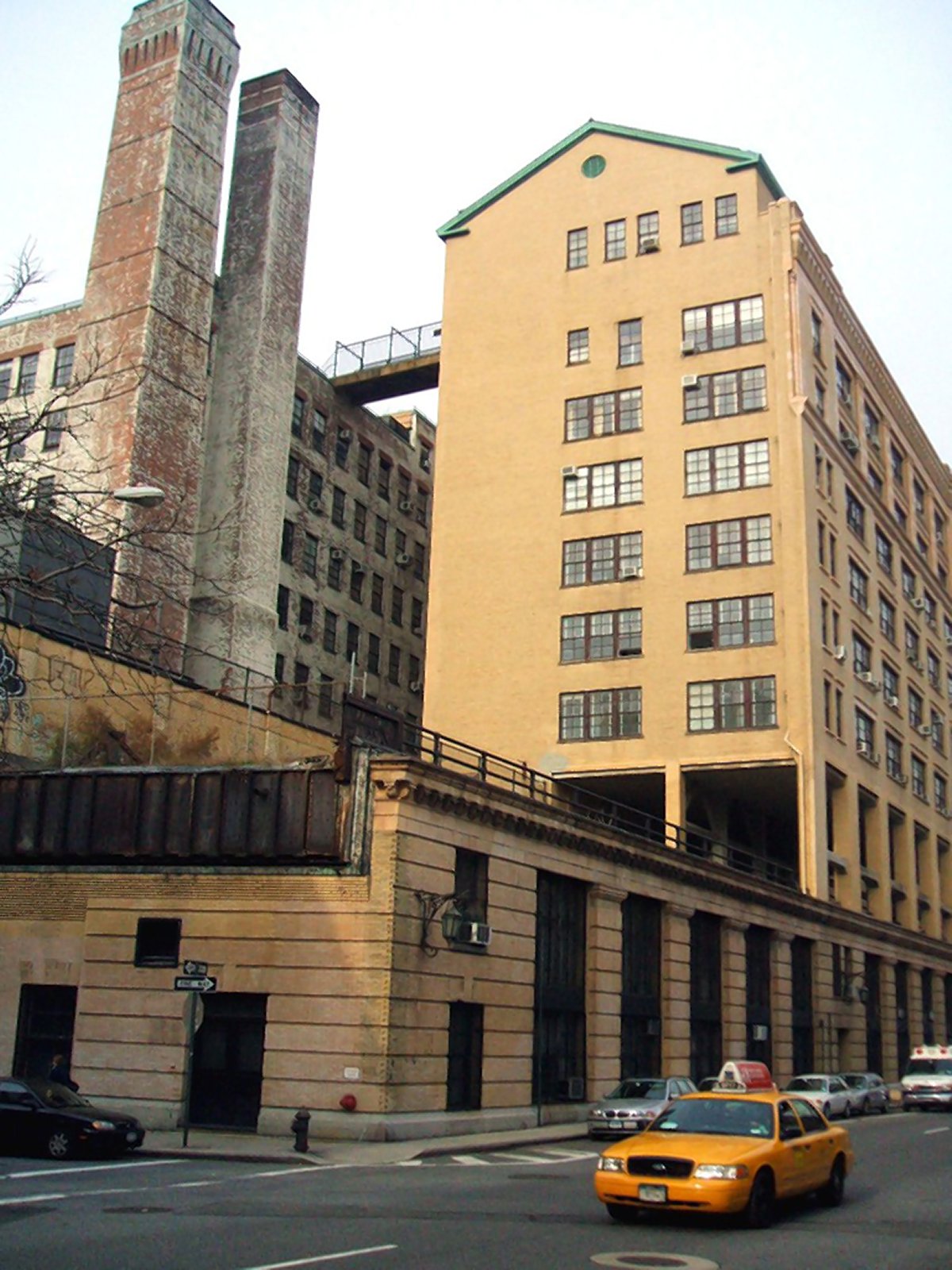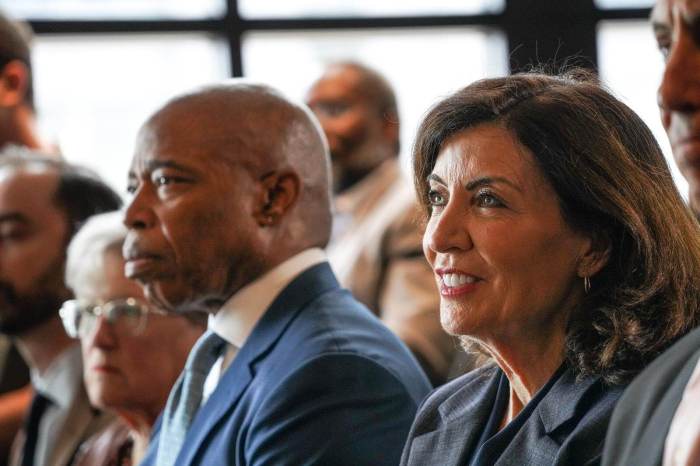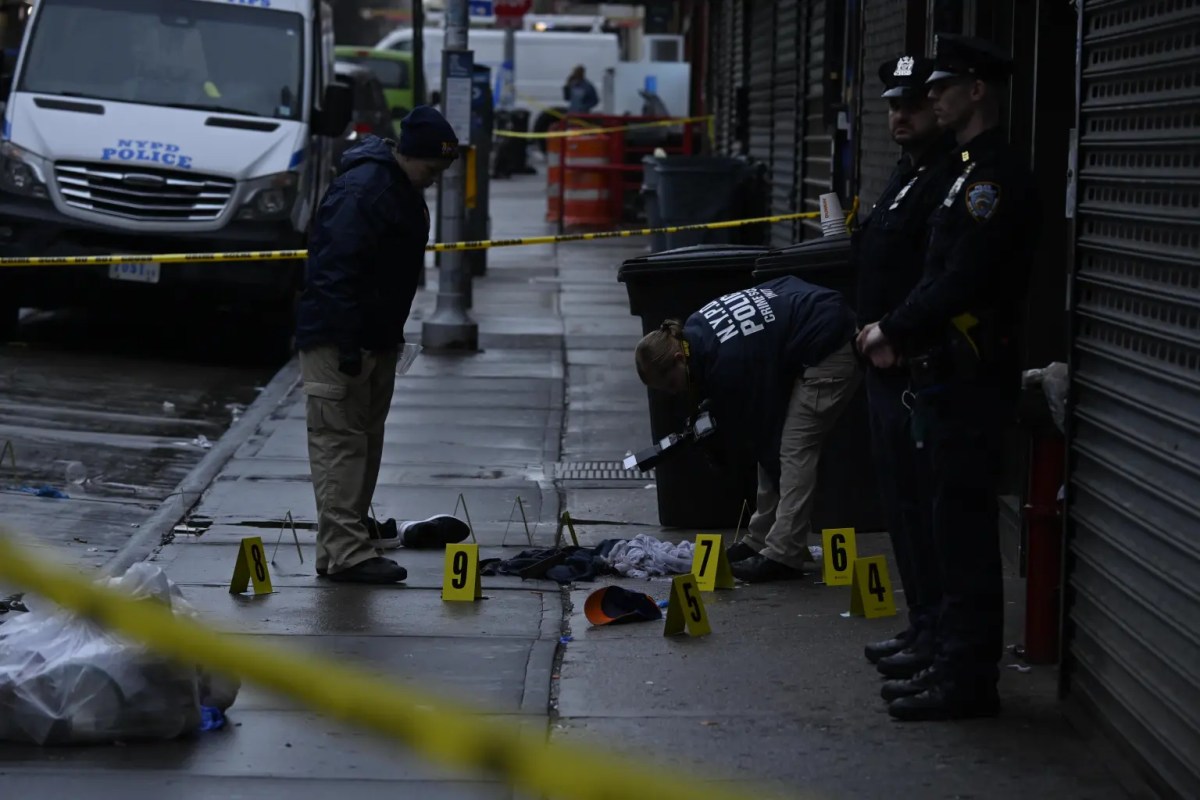
BY ELANA DURE | A wave of artists has moved out of Greenwich Village over the last two decades, but that hasn’t stopped the area from continuing to be a center for the arts in New York City.
Greenwich Village, along with Tribeca and the Financial District, has lost 24 percent of its visual and performing artists, dropping from 5,248 of them in 2000 to 3,989 in 2015, according to a recent report from the Center for an Urban Future. The study attributes the shift to the city’s “surging economy” and the accompanying lack of affordability and, in turn, displacement that this produces.
Despite the loss, though, Greenwich Village and the Financial District still have the most artists of any community in the city after the Upper West Side, which boasts 5,584, according to the report. Chelsea / Clinton / Midtown comes in at No. 3 with 3,711 creative types. Williamsburg / Greenpoint ranks No. 5 with 2,908 artists, on the heels of No. 4, the Upper East Side, with 3,049 artists.
CUF is a 20-year-old Wall St.-based think tank focusing on “smart and sustainable policies that reduce inequality, increase economic mobility, and grow the economy in New York City.”
Its report examined “census-defined” neighborhoods. The Upper West Side was defined as Community Board 7. While the “Village / Financial District” was defined as the combined Community Boards 1 and 2, which include Greenwich Village, Soho, Noho, Little Italy, Tribeca, Battery Park City, the Civic Center, South St. Seaport and parts of Chinatown.
However, Andrew Berman, executive director, of the Greenwich Village Society for Historic Preservation, noted that because C.B. 7 has about 55,000 more residents than C.B.’s 1 and 2 together, based on “raw numbers,” it can be said that, “on a per capita basis, it’s a virtual dead-heat for the No. 1 spot, with both the Upper West Side and the Greenwich Village-to-Financial District area at about 2.65 percent of their populations identified as artists… .”
Berman said gentrification and high real estate prices, though, are driving young artists out of the Village and Downtown areas.
“It’s simply not a feasible financial option,” he said, “particularly for people who generally need a large amount of space in order to practice their craft, which they often do in their homes.”
As a result, the Village is now home to an increasingly larger amount of successful, world-famous artists who can afford the sky-high rents and prices. Artists of lesser means who still live here either had the foresight to buy when property was more affordable or were lucky to land subsidized or rent-regulated housing.
Berman also said artists communities have spread to other corners of the city because it is no longer as essential to be located in Downtown Manhattan as it was in the past.
“We’re talking about a much larger and more diverse group of people,” he said, “who probably have an even larger and more diverse set of tastes, in terms of the kinds of communities that they are looking for, the kinds of work that they are doing, and the sort of surroundings that they think are best suited to their artistic pursuits. Naturally, that means that more and more will be picking a greater variety of places.”
Historically, the Village has been a center for artists to live and work since the 19th century. The creative community burgeoned in the 20th century, particularly from the post-World War I era through the 1960s.
Today, the neighborhood boasts a variety of artistic resources, facilities and institutions, such as Westbeth Artists Housing, the new Whitney Museum of American Art and New York University’s Tisch School of the Arts. There is also a large concentration of galleries, theaters and performance venues that exist in the neighborhood.
In addition, the school district within which Greenwich Village, Tribeca and the Financial District are located has the largest number of arts-related facilities in its public schools of any district in the city, according to the CUF report. The report posits that these facilities should be made available to local artists during after-school hours.
But even with the area’s available resources, Berman said there is a long-term problem that must be addressed. Currently, the Village has such a high concentration of artists that even with the drop in their numbers, its ranking isstill unrivaled. However, if current trends persist, other neighborhoods will become the centers of artistic life. To overcome this trend, the Village must tackle its affordable housing problem, the preservationist stressed.
“I have no doubt that for years and years to come, the Village and its environs are going to continue to be a really rich landscape for artists,” Berman said. “Even if it may be a while before the Village is the place where the proverbial starving artists come to live, it may still be the place where the proverbial starving artists come to display their work and come to learn more about art… . That, I have no doubt, will continue in record numbers.”

















